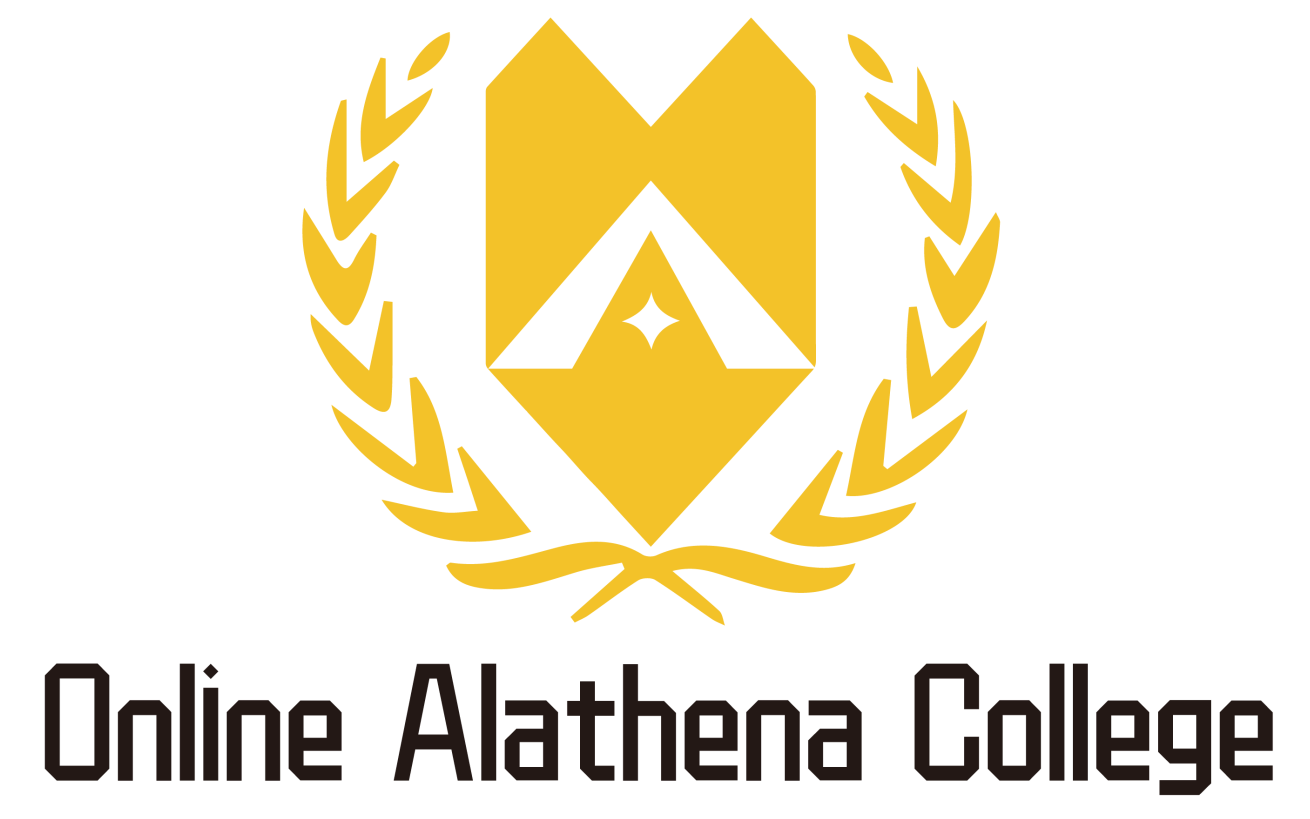CHI4U
-
Course code: CHI4U
-
Level: Grade 12
-
Study time: 110 hours
-
Credit Value: 1.0
-
Prerequisite: Any university (U) or university/college (M) preparation course in social sciences and humanities, English, or Canadian and world studies.
-
Curriculum Policy: Canadian and World Studies, The Ontario Curriculum, Grades 11 and 12, 2015 (Revised)
Course Description
#1 Early European Settlement
What were some of the conditions in Europe that led so many people to make that dangerous migration across the treacherous Atlantic Ocean during the 17th and 18th centuries? In this first unit students will tackle this question head-on focusing on the first European contact with Canada's Indigenous peoples, the diverse impacts of contact on Indigenous peoples, and exploring the socio-cultural differences and similarities of AngloFrench colonial settlement.
#2 Colonial Canada
The economic and political context 18th and 19th centuries set the stage for conflict will be explained. Students explore factors that led to the American Revolution by examining the perspectives of the various parties involved. The war of 1812 was another test to British supremacy in North America as the newly independent United States of America sought to invade Canada. Students explore this conflict in relation to its impact on Canadian identity before turning attention to the Rebellions of 1937 and their implications for Canadian governance.
#3 Building the New Dominion
This period in Canada’s history is one of nation building, characterized by unprecedented economic growth. Students will learn about the settlement of Canada’s western frontier and the discovery of gold in Canada’s north. These economic changes also spurred social growth, as Canada’s population swelled thanks to a new wave of immigrants from Europe.
#4 Two World Wars and Depression
The two world wars are considered ‘catalysts of national development’. In this unit students will come to appreciate the exceptional role Canada played in the wars of the century and how these contributions contributed to growing Canadian identity. Students will reflect on the courage, valour, and sacrifices that were made by Canadians in their passionate defense of Canadian values. The Great Depression is examined and recognized as yet another tumultuous period in Canadian history. In addition, students will learn about the progressive social change that Canada experienced between the Two World Wars. The interwar years was a time of unprecedented social change, especially the expansion of human rights.
#5 Postwar Canada
In this unit, students will explore the social, political, and economic changes to Canadian society in the postwar period (1945-1982). Canada made the biggest advances in protecting 15 hours its citizens from economic hardship and human rights violations in the decades following World War Two. Despite these social advances, students will learn about how the world was plunged back into conflict during the Cold War and Canada's role in international affairs as a middle power and peacekeeper. The theme of activism was significant during the 1960s across Canada and students will explore a variety of social movements including human rights, feminism, multiculturalism, and environmentalism.
#6 Modern Canada
In this unit, students critically examine various influential Canadian political figures from the 1980s up until present day as they examine important international and domestic affairs that shaped the political climate in Canada. Students analyze how economic, political, and cultural globalization has influenced Canada's relationship with the United States and other countries. Human rights issues are of particular focus, while students explore the indigenous fight for sovereignty, self-government, and truth and reconciliation. In the modern period, Canada has made considerable effort to correct past injustices through commemorations and reparations.

